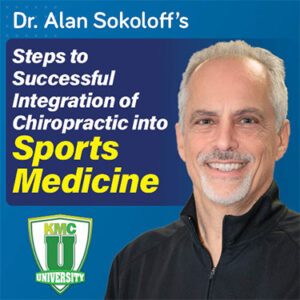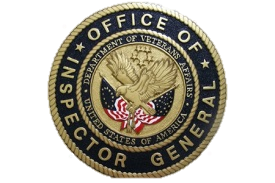Posted by Team KMCU on Jun 27, 2025
Here at KMC University, we don’t use the word “compliance” lightly.
Hot Topics from the KMC University HelpDesk
Doing the right things the right way is a core value — and nowhere is this more important than in your patient documentation.
To maximize patient notes in a clinical environment, embracing a few key principles can significantly elevate the quality of your documentation.
Why Patient Documentation Matters
Your daily notes should do more than check a box. Great patient documentation protects your practice, improves patient care, and keeps you compliant. To write clear, complete notes every time, focus on these proven principles.
Be Specific and Clear
First, be specific. Detailed observations about your patients paint a clear picture of their progress. This detail helps you, your team, and other providers follow treatment plans with confidence. When your notes are clear, everyone stays on the same page.
Stay Consistent
Consistency is key for effective patient documentation. Use a standard format for every note. This makes your records easier to read, cuts down on confusion, and helps other providers quickly understand a patient’s history if care needs to shift.
Track Changes Every Time
Always record any changes in a patient’s condition. Did symptoms improve? Did they get worse? Tracking these updates supports your clinical decisions and shows how the care plan works. Regular updates also make it easier to adjust treatment when needed.
Protect Your Practice
Accurate, complete patient documentation is one of your best defenses. Well-kept records prove the care you provided if questions or disputes come up. By documenting thoroughly, you show you’re committed to ethical, high-quality care.
Make It Personal
Finally, personalize your notes. Use clear language and specific details that reflect each patient’s unique situation. When you tailor your documentation, you show patients you understand and respect their individual journey.
Ready to Strengthen Your Patient Documentation?
Strong patient documentation relies on specificity, consistency, clear updates, accuracy, and personalization. Follow these best practices to keep your records compliant, your care consistent, and your patients better served.
Is your documentation telling the full story? Schedule a FREE Discovery Assessment today to find out if we can help!
Dr. Erin Stubblefield graduated from Palmer College of Chiropractic in Davenport, IA in 2006. After practicing privately, she transitioned to education and taught Chiropractic education for 13 years before joining KMC University as a Specialist in 2024. Currently, Dr. Stubblefield is the owner of Sunflower Consulting, LLC, a healthcare consulting and practice coaching group. Dr. Stubblefield partners with KMC to provide accurate, current, and compliant information. For further information, you can reach her at drerin@kmcuniversity.com.







Comments on The Art of Patient Documentation